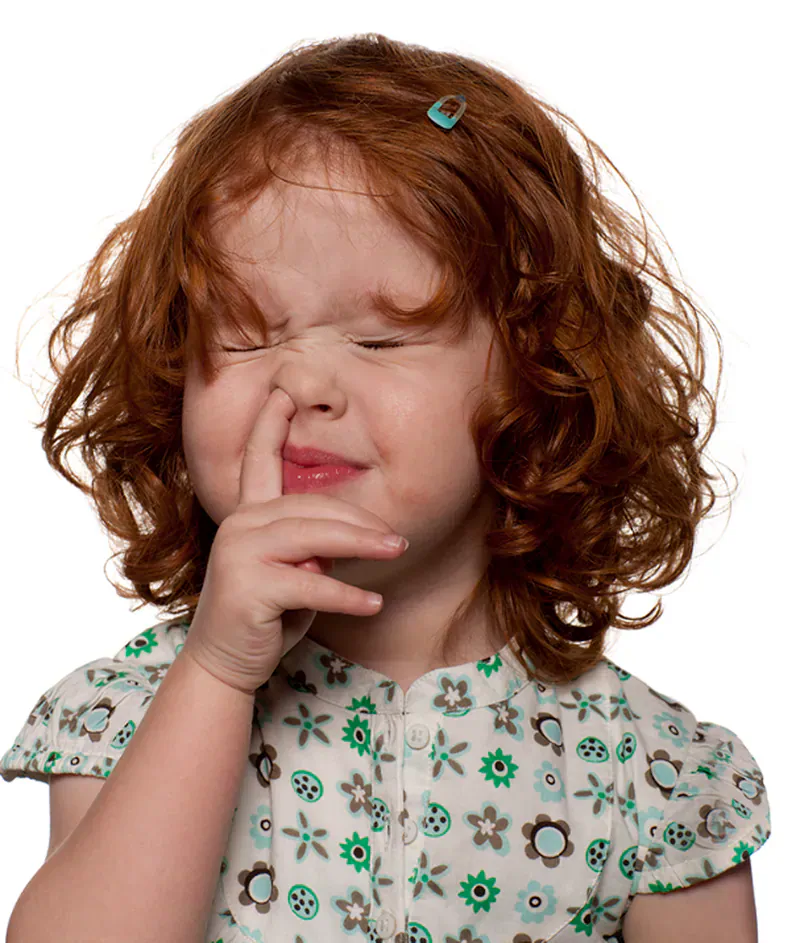Want To Break A Child's Bad Habit? It Starts With How You React...

A habit is usually defined as a repeated pattern of behaviour that once becomes established, almost develops a life of its own, because usually, the person with the habit isn’t consciously aware of what they’re doing. In children, things like nail-biting, thumb-sucking, hair-twirling, nose-picking and lots of variations on those are habits that may go on to cause problems. Funnily enough, the way parents often deal with habits like these can actually make them worse.
One of the most common habits is thumb-sucking. Between a quarter to a half of 2 to 4-year-olds suck their thumbs. Maybe thumbs taste better than other fingers? Seriously, though, it probably first occurs by accident. Babies suck their thumbs in the womb and like other behaviours that can become habits, it’s associated with self-soothing and calming. Often, these habits are used to deal with stress and anxiety in a child, as a sort of a soothing mechanism.
Most habits will go away on their own. But if they continue, they can attract negative attention from peers or even teachers, kids can be subjected to teasing, and sometimes they can cause medical problems. For example, if thumb-sucking continues, it can contribute to malocclusion which is the failure of the teeth in the upper and lower jaws to meet properly, and it can also cause thumb and finger infections. Hair twirling in older children can be associated with hair pulling which can cause significant hair loss. [As an aside, this is a behaviour pattern that can be quite tricky to shift so I’d recommend – particularly if the kids are pulling their hair out – that they see a clinical psychologist who can work with them in a cognitive behaviour therapy program to help the youngster develop good self-control over this pattern.]
Unfortunately, parents faced with bad habits tend to develop patterns of their own, such as constantly saying things like: “Will you take your hand out of your mouth,” in an exasperated way, over and over again. By drawing attention to the behaviour and increasing the child’s anxiety about it, you can make it worse.
These have been some studies where an unpleasant tasting substance is used on the thumbs and fingers as a way of discouraging both nail-biting and thumb-sucking. But you’re not always able to do that – for example, if the child is at school.
To successfully change a bad habit, there are a number of steps, and it may be a lot easier with appropriate parenting support. In a nutshell, you need to stop the constant criticism, get the child onside in seeing the behaviour as a problem to solve, increase awareness and encourage alternative behaviour, and reward the absence of the habitual behaviour. Then you gradually phase out the reward so that the child doesn’t become reward-dependent.
While most bad habits pass with the passage of time, a well-known 1995 survey showed that 91 per cent of adults pick their noses…and 8 per cent of them reported eating what they pick!
Luckily, it’s never too late for learning. One of the great things about the human species is that we can change behaviour throughout our life, providing the context is right and the motivation is there.

